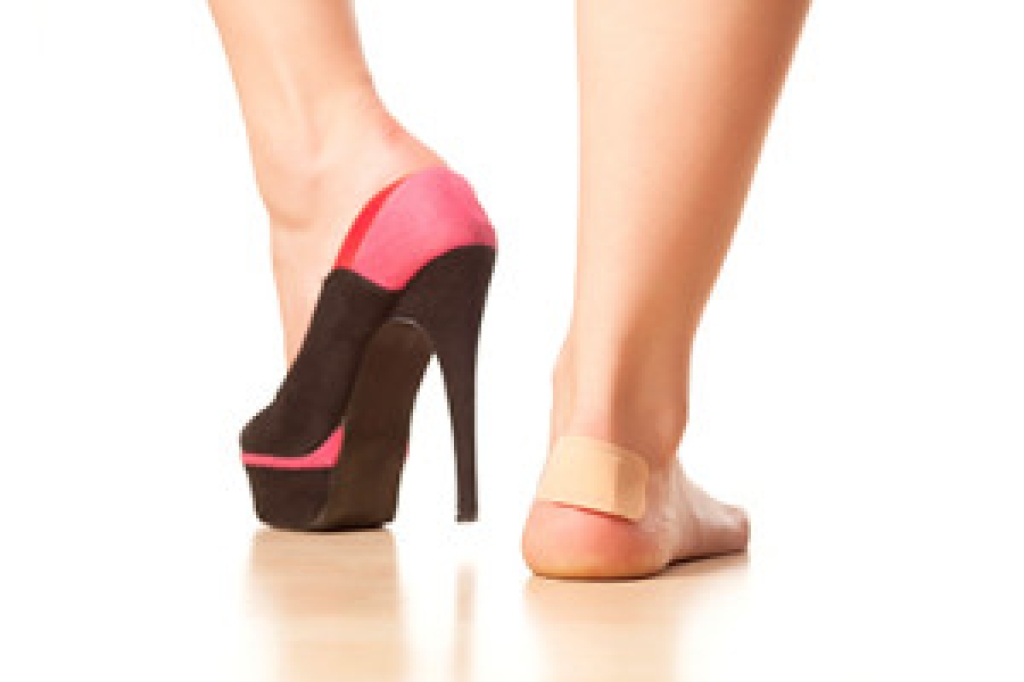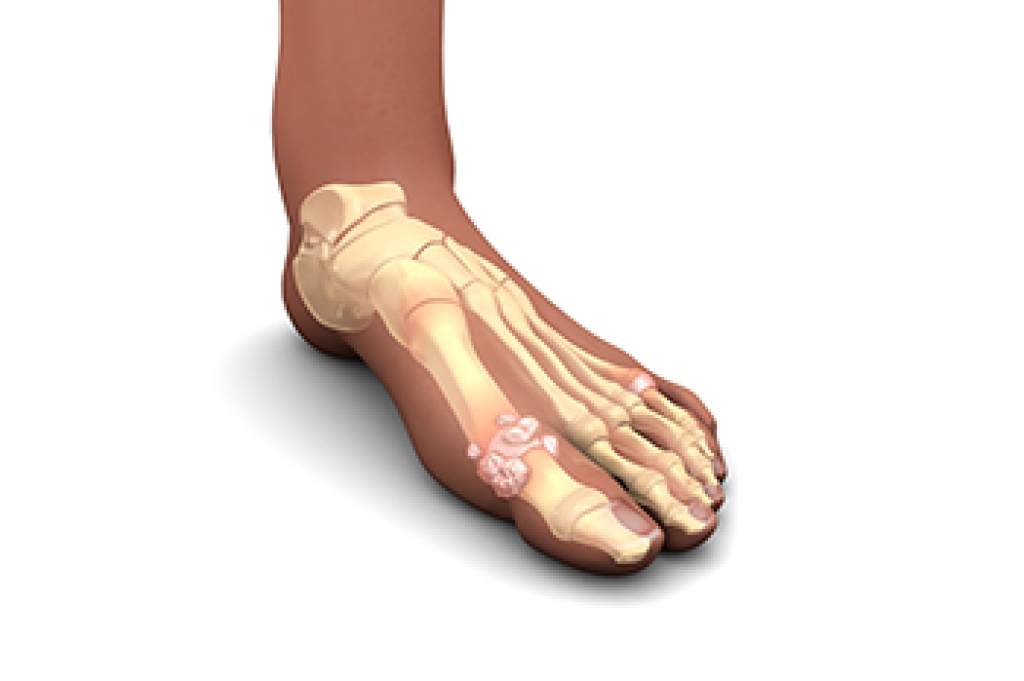
An ingrown toenail occurs when the edge of the nail grows into the surrounding skin, creating pain and irritation. This condition can be caused by wide nail plates, misshapen nails, or nails that are cut too short or unevenly. Ingrown toenails progress through stages that include mild symptoms with slight redness and tenderness, moderate symptoms with swelling and drainage, and severe symptoms marked by significant pain and infection. A podiatrist can accurately assess the stage, provide safe and effective treatment, and prevent the issue from worsening. Care may include gentle nail correction or minor procedures to remove the problematic edge. If you have developed an ingrown toenail, it is suggested that you consult a podiatrist who can guide you toward appropriate treatment solutions.
Ingrown toenails can become painful if they are not treated properly. For more information about ingrown toenails, contact Lance Greiff, DPM of Great Neck Podiatry. Our doctor can provide the care you need to keep you pain-free and on your feet.
Ingrown Toenails
Ingrown toenails occur when a toenail grows sideways into the bed of the nail, causing pain, swelling, and possibly infection.
Causes
- Bacterial infections
- Improper nail cutting such as cutting it too short or not straight across
- Trauma to the toe, such as stubbing, which causes the nail to grow back irregularly
- Ill-fitting shoes that bunch the toes too close together
- Genetic predisposition
Prevention
Wearing proper fitting shoes and using proper cutting techniques will also help decrease your risk of developing ingrown toenails.
Treatment
Ingrown toenails are a very treatable foot condition. In minor cases, soaking the affected area in salt or antibacterial soaps will not only help with the ingrown nail itself, but also help prevent any infections from occurring. In more severe cases, surgery is an option. In either case, speaking to your podiatrist about this condition will help you get a better understanding of specific treatment options that are right for you.
If you have any questions, please feel free to contact our offices located in Great Neck Bronx, NY . We offer the newest diagnostic and treatment technologies for all your foot care needs.





